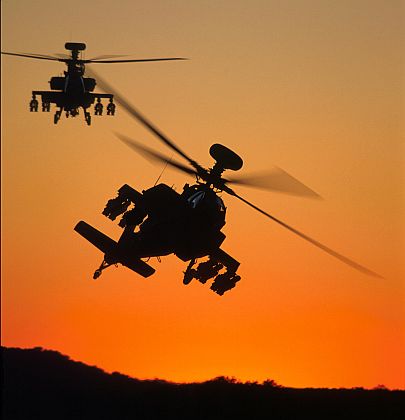Titanic’s Wireless Operators: The Original Texters
Text messaging, from 1912 to 2012
/https://tf-cmsv2-smithsonianmag-media.s3.amazonaws.com/filer/20120514012010titanic.jpg)
Admit it: You thought text messaging began with the advent of mobile phones. Not so, claims maritime historian John Maxtone-Graham in his new book, Titanic Tragedy: A New Look at the Lost Liner. Maxtone-Graham writes:
Years before cell phones, Marconi men were the first texters: OM or OB (old man or old boy) was a commonly transmitted preliminary…. They employed a host of other time-saving shortcuts. STBI meant standby, GE and GN, respectively, “good evening” and “good night.” Some abbreviations were culled from other languages: C signaled “yes.” DE, doubtless pinched from the French, meant “from.” N was “no,” “you” became U, and R was “are.” The word “message” was shortened to MSG, “traffic” to TFC. “Best regards” was conveyed enigmatically by the number 73, akin to later CB enthusiasts’ 10-4. Later, when female operators were recruited, “love and kisses” was signified by 88. Disparagements had their own coded pejorative: LID branded an inept telegrapher as a “poor operator,” QRL meant “keep quiet, I’m busy,” and GTH a pithier “go to hell.” The abrupt torrent GTHOMQRL said it all: “Go to hell, old man, I’m busy.” A gentler sign-off might be TUOMGN: “Thank you, old man, good night.”
And what has this got to do with aviation? Modern military pilots text one another, even in the middle of battle. As Ed Macy explains in Apache, crews use a secure text messaging system consisting of four lines of text and 176 character spaces. Macy and his fellow Apache pilots would often text one another in order to minimize the chatter on the Apache helicopter network, giving updates, for instance, on their remaining weaponry. A pilot might send the message: 40*30MM, 0*HEISAP, 8*FLECH, 0*HELLF. (Translation: The Apache was down to 40 30-millimeter cannon rounds, was out of High Explosive Incendiary Semi-Armour Piercing rockets, had 8 remaining Flechette rockets, and no more Hellfire laser-guided missiles.)
What’s next? NakedSecurity reported in February that the U.S. military is in line to get Smartphones cleared for secret dispatches. “The United States,” reports Lisa Vaas, “which currently forbids government workers or soldiers to use smartphones to send classified messages, is preparing a modified version of Google’s Android operating system that will meet its security certifications…. While pinpointing fellow infantrymen would be a boon, the military has to ensure that soldiers aren’t simultaneously broadcasting their own GPS coordinates to enemy combatants. Weather apps, for example, automatically transmit a phone’s GPS coordinates in order to deliver a local forecast.”
